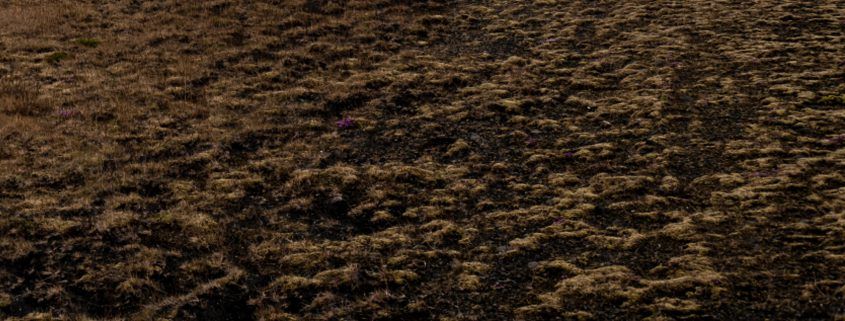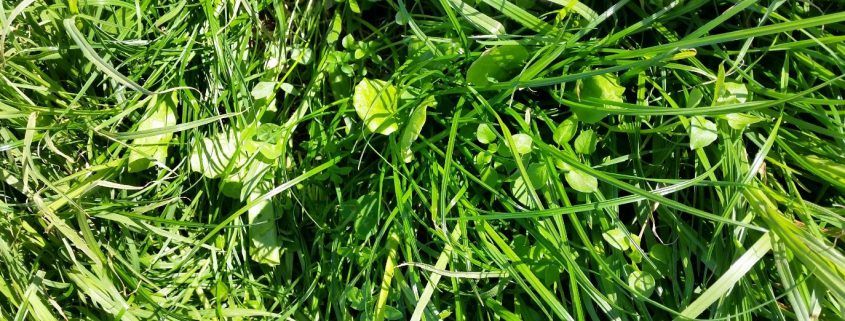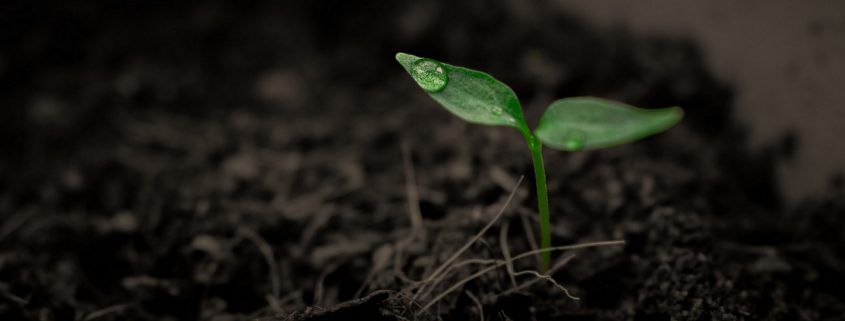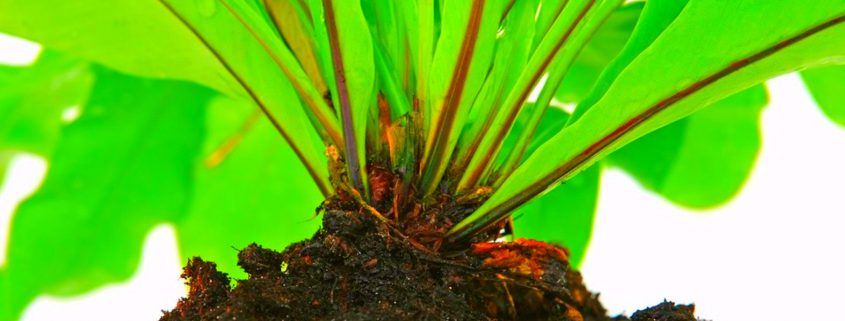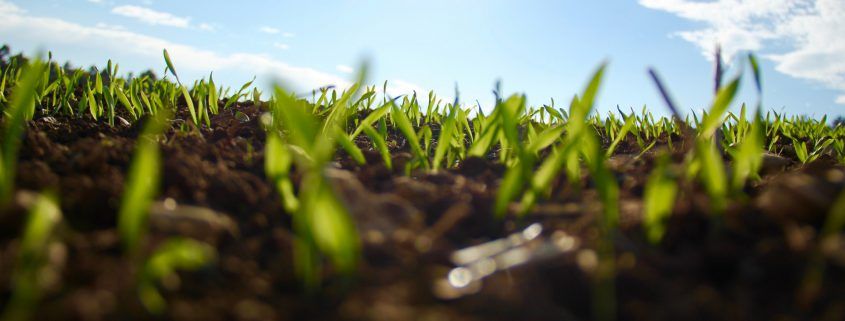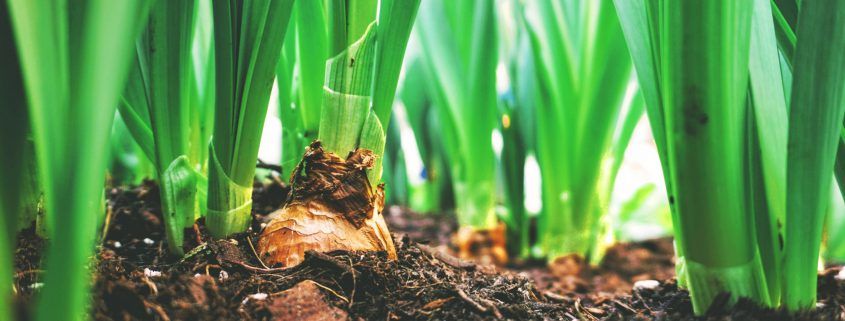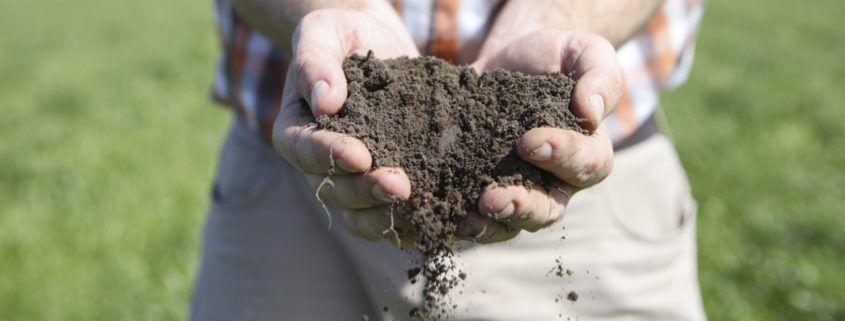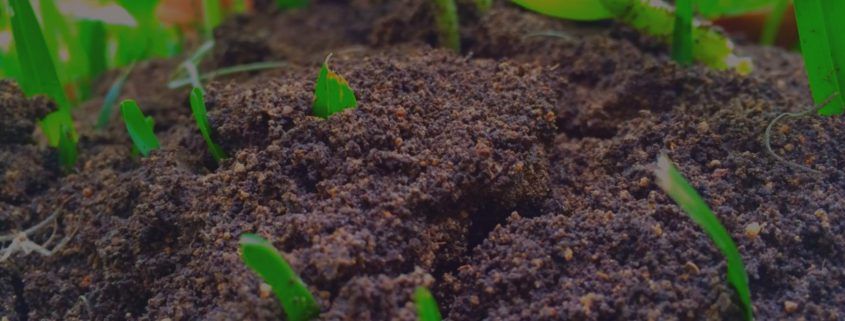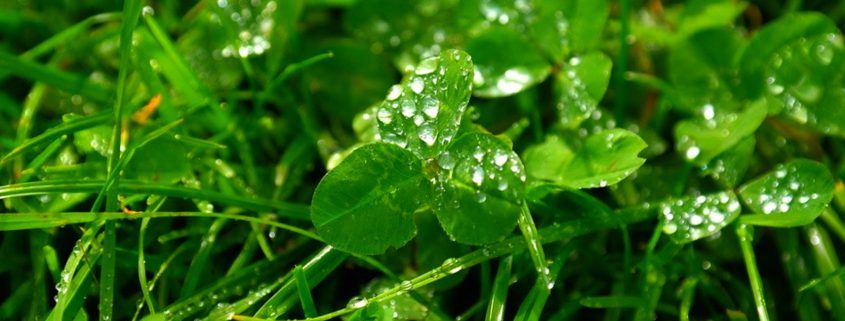What can electrical conductivity tell us about our soil?
Do you want to know more about what electrical conductivity can tell you about your soil? This blog explains briefly what soil EC can reveal about your soil health status, what soil properties are affected and how you can improve it.

